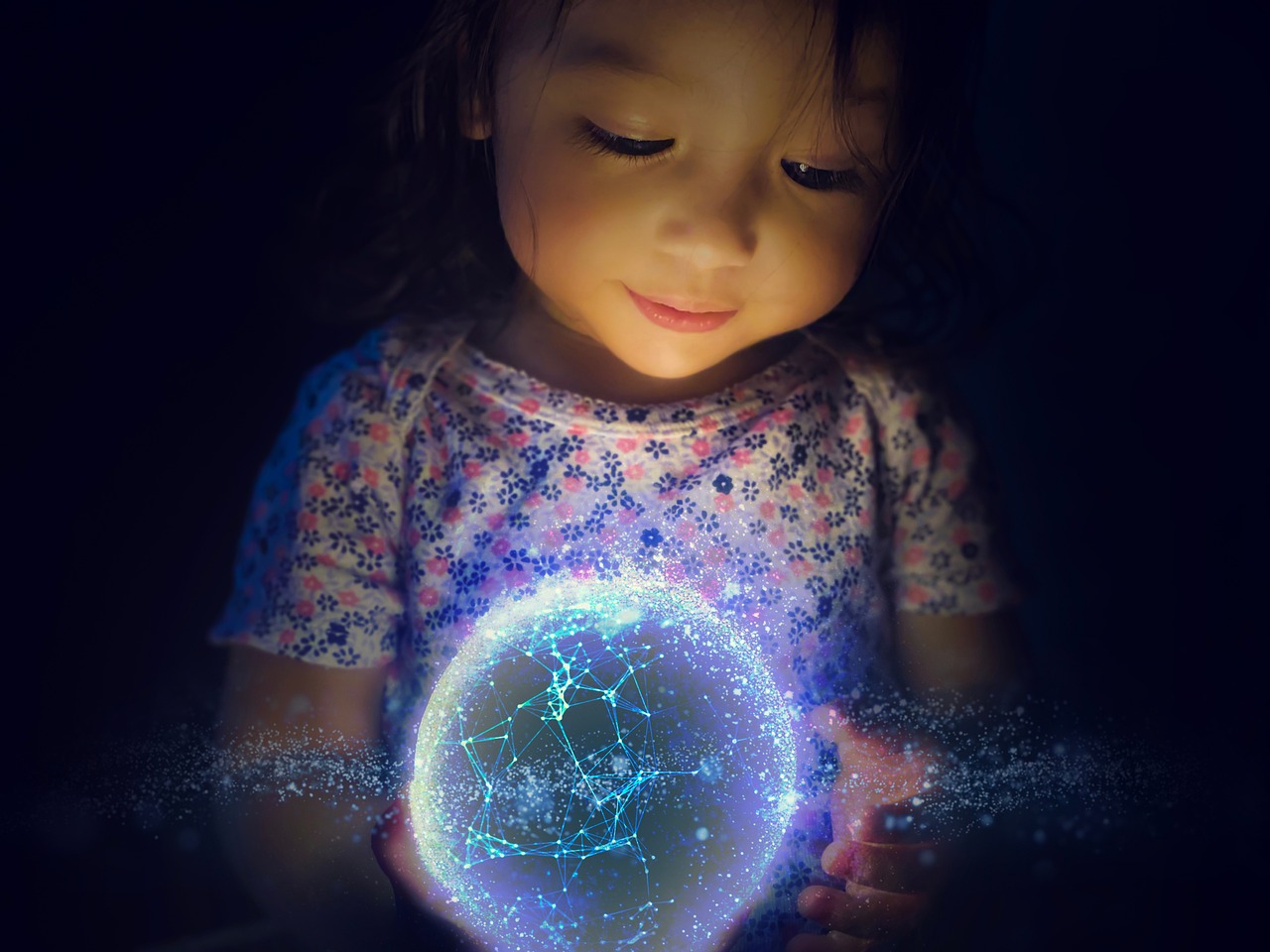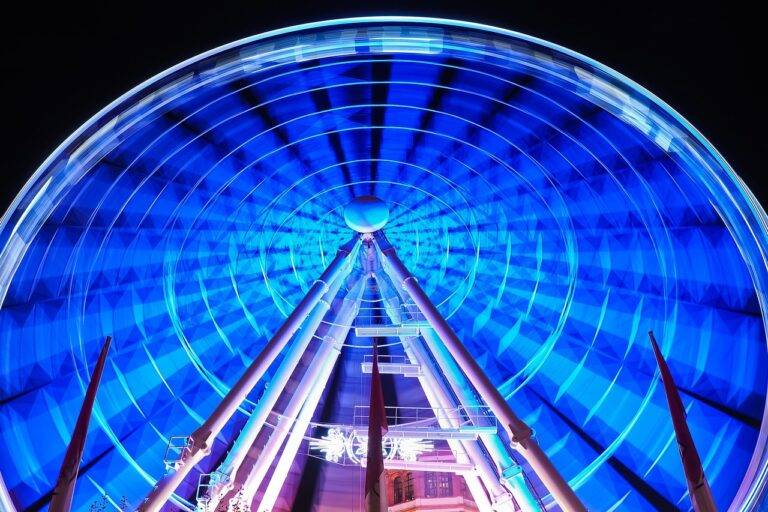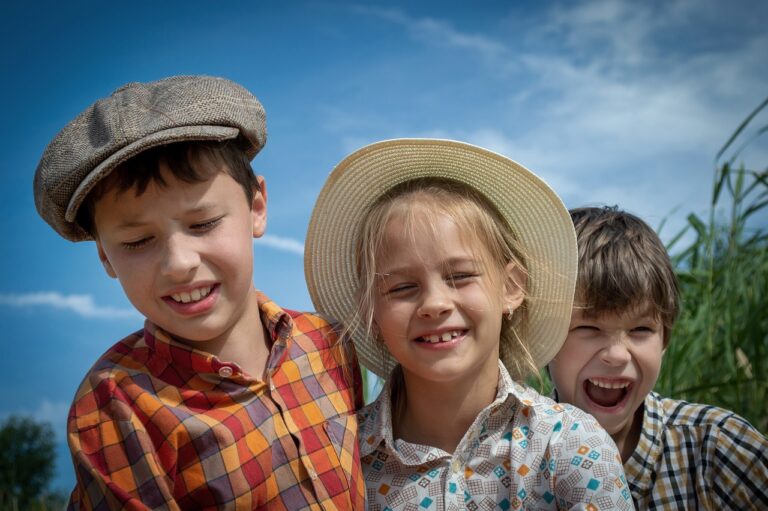Analyzing the Role of Sound Design in Creating Atmosphere and Immersion in Entertainment
Sound design plays a crucial role in creating a truly immersive experience for audiences across various forms of entertainment. From films to video games, television shows to virtual reality experiences, the power of sound design cannot be understated. It has the ability to evoke emotions, build tension, and transport viewers into the world being presented on screen.
Without effective sound design, even the most visually stunning productions may fall flat. Every sound, whether it be footsteps creeping down a dark hallway or the roar of a crowd at a sporting event, contributes to the overall atmosphere and narrative. Sound design adds layers of depth and nuance to storytelling, enriching the viewing or gaming experience and engaging the audience on a more profound level.
Sound Design Elements in Film and TV
Sound design elements play a crucial role in enhancing the viewing experience of films and television shows. From background noises to dialogue clarity, sound design helps to create a realistic and immersive atmosphere for the audience. It adds depth and emotion to the visual storytelling, making scenes more impactful and engaging.
In film and TV, sound design includes various elements such as sound effects, music, ambient sounds, and dialogue. Each of these components is carefully crafted and layered to create a cohesive audio landscape that complements the visuals on screen. By manipulating sound elements, sound designers can evoke specific moods, build tension, and guide audience emotions throughout a scene or sequence.
How Sound Enhances Visual Storytelling
Sound plays a crucial role in enhancing visual storytelling by creating a multi-sensory experience for the audience. Through the careful selection and placement of sound effects, music, and dialogue, filmmakers can evoke emotions, build tension, and immerse viewers in the world of the story. From the rustling of leaves to the booming of thunder, every sound has the power to elicit a specific emotional response and enrich the overall narrative.
Additionally, sound design can help to establish a sense of time and place within a film or TV show. By incorporating ambient sounds specific to a location or era, such as bustling city streets or chirping crickets in a peaceful countryside, sound designers can transport viewers to different worlds and make the visuals feel more authentic. This attention to detail not only enhances the storytelling but also aids in suspending disbelief, allowing audiences to fully engage with the narrative unfolding on screen.
• Sound effects, music, and dialogue are carefully selected to evoke emotions and build tension in visual storytelling.
• Every sound has the power to elicit a specific emotional response and enrich the overall narrative.
• Ambient sounds specific to a location or era help establish a sense of time and place within a film or TV show.
• Attention to detail in sound design aids in suspending disbelief and allows audiences to fully engage with the narrative on screen.
Why is sound design important in entertainment?
Sound design plays a crucial role in enhancing the overall viewing experience by creating atmosphere, setting the tone, and conveying emotions in a scene.
What are some common sound design elements found in film and TV?
Some common sound design elements include dialogue, music, sound effects, ambient noise, and foley effects.
How does sound enhance visual storytelling?
Sound enhances visual storytelling by providing context, guiding the viewer’s emotions, and immersing them in the world of the story. It can also help to emphasize important moments and create a more dynamic viewing experience.
Can sound design make a difference in how a story is perceived?
Yes, sound design can greatly impact how a story is perceived. The right sound choices can elevate the emotional impact of a scene, create suspense, or even foreshadow important events.
How can filmmakers and creators ensure effective sound design in their projects?
Filmmakers and creators can ensure effective sound design by working closely with sound designers, using high-quality equipment, and paying attention to the details of sound editing and mixing. Collaboration and communication are key in achieving the desired sound experience for the audience.







